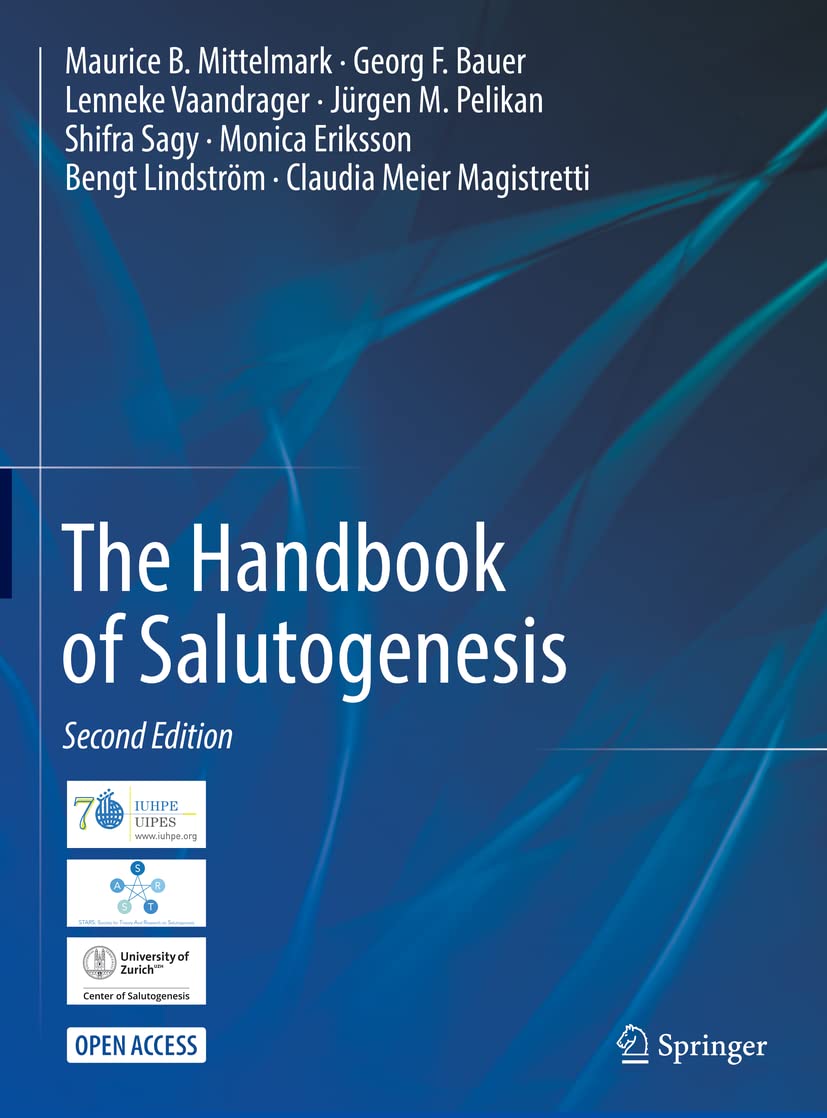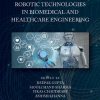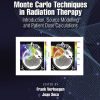The Handbook of Salutogenesis 2nd Edition by Maurice B Mittelmark, Georg F Bauer, Lenneke Vaandrager, Jürgen M Pelikan, Shifra Sagy ,Monica Eriksson, Bengt Lindström, Claudia Meier Magistretti ISBN 3030795152 9783030795146
$50.00 Original price was: $50.00.$25.00Current price is: $25.00.
The Handbook of Salutogenesis 2nd Edition by Maurice B Mittelmark, Georg F Bauer, Lenneke Vaandrager, Jürgen M Pelikan, Shifra Sagy ,Monica Eriksson, Bengt Lindström, Claudia Meier Magistretti – Ebook PDF Instant Download/Delivery: 3030795152 ,9783030795146
Full download The Handbook of Salutogenesis 2nd Edition after payment

Product details:
ISBN 10: 3030795152
ISBN 13: 9783030795146
Author: Maurice B Mittelmark, Georg F Bauer, Lenneke Vaandrager, Jürgen M Pelikan, Shifra Sagy ,Monica Eriksson, Bengt Lindström, Claudia Meier Magistretti
Revised and updated from the first edition are background and historical chapters that trace the development of the salutogenic model of health and flesh out the central concepts, most notably generalized resistance resources and the sense of coherence that differentiate salutogenesis from pathogenesis. From there, experts describe a range of real-world applications within and outside health contexts. Many new chapters emphasize intervention research findings. Readers will find numerous practical examples of how to implement salutogenesis to enhance the health and well-being of families, infants and young children, adolescents, unemployed young people, pre-retirement adults, and older people. A dedicated section addresses how salutogenesis helps tackle vulnerability, with chapters on at-risk children, migrants, prisoners, emergency workers, and disaster-stricken communities. Wide-ranging coverage includes new topics beyond health, like intergroup conflict, politics and policy-making, and architecture. The book also focuses on applying salutogenesis in birth and neonatal care clinics, hospitals and primary care, schools and universities, workplaces, and towns and cities. A special section focuses on developments in salutogenesis methods and theory.
With its comprehensive coverage, The Handbook of Salutogenesis, 2nd Edition , is the standard reference for researchers, practitioners, and health policy-makers who wish to have a thorough grounding in the topic. It is also written to support post-graduate education courses and self-study in public health, nursing, psychology, medicine, and social sciences.
The Handbook of Salutogenesis 2nd Edition Table of contents:
Part I: Salutogenesis from Its Origins to the Present
1: Salutogenesis From Its Origins to the Present
2: Mileposts in the Development of Salutogenesis
First Encounter
My Understanding of “Salutogenesis” Before Antonovsky
A Chronology of Key Developments After 1996
Conclusion
References
3: Salutogenesis as a Theory, as an Orientation and as the Sense of Coherence
Introduction
The Salutogenic Model
Salutogenesis as the Sense of Coherence
The Salutogenic Orientation
Salutogenesis in Companionship: Comparable Concepts and Developments
Conclusions
References
4: Aaron Antonovsky (1923–1994): The Personal, Ideological, and Intellectual Genesis of Salutogenesis
Introduction
Rebellion and the Importance of Questions
Warmth and Informality Versus Strictness and Academic Demands
The Establishment of the Medical School and the “Beer Sheva Spirit”
A Closure and New Horizons
References
5: Aaron Antonovsky’s Development of Salutogenesis, 1979–1994
Introduction
Stress Research: The Principal Note
General Resistance Resources (GRRs): A Shift to Another Key
Sense of Coherence (SOC): Successive Notes of the Scale
Tuning the Model: General Resistance Resources—General Resistance Deficits
Health and Well-Being: In or Off Key?
Harmonizing: SMH’s Relevance for Health Promotion
Conclusions
References
6: Salutogenesis Meeting Places: The Global Working Group, the Center, and the Society on Salutogenesis
Introduction
Society for Theory and Research on Salutogenesis (STARS)
Global Working Group on Salutogenesis (GWG-Sal)
Center of Salutogenesis, University of Zürich
Conclusion
References
7: Salutogenesis Post-Graduate Education: Experience From the European Perspective on the ETC-PHHP Health Promotion Summer Schools (1991–2020)
Introduction
Competence Development
The Summer School Programme
Following the Principles of Health Promotion
Salutogenesis
Assets
References
Part II: Key Concepts in the Salutogenic Model of Health
8: Key Concepts in the Salutogenic Model of Health
9: The Sense of Coherence: The Concept and Its Relationship to Health
Introduction
The Ontological Background
The Epistemological Background
Health as a Process
Generalized and Specific Resistance Resources
Sense of Coherence
Sense of Coherence and the Relationship to Health
References
10: Stressor Appraisal on a Pathway to Health: The Role of the Sense of Coherence
Introduction
The Central Role of the Brain
Stimulus and Stressor Appraisal on the Pathway to Health
Primary Appraisal I
Primary Appraisal II
Primary Appraisal III
Secondary Appraisal
Tertiary Appraisal
Discussion
A Role for Health Promotion
Moving Forward
References
11: The Sense of Coherence: Measurement Issues
Introduction
The Validity and Reliability of the Sense of Coherence
Critique of the SOC-29 and SOC-13
Sense of Coherence Develops Over Time
Salutogenesis Is More than the Measurement of the Sense of Coherence
References
12: Generalized Resistance Resources in the Salutogenic Model of Health
Introduction
Generalized Resistance Resources: The Individual Level
Emotional Closeness and Attachment Relationships
Personal Characteristics and Resources
Individuals’ Social Support
Genetic Factors
Generalized Resistance Resources: The Family Level
Parental Resources
Families’ Demographic Resources
Family Climate Factors
Generalized Resistance Resources: The Community Level
School Setting
Community Feature
Conclusions and Directions for Further Research and Interventions
Selected GRR-RDs
Clinical and Interventional Implications
References
13: Specific Resistance Resources in the Salutogenic Model of Health
Introduction
The Salutogenic Model of Health Logic
Specific Resistance Resources
Definition of Specific Resistance Resources
Examples of Specific Resistance Resources
Health-Promoting Schools in Norway
Child Health in the Andean Highlands in Peru
Support Services for Orphaned Children and Adolescents in Botswana
Sexual Orientation and Gender-Identity Support Services in the USA
Non-institutional SRRs in Caregiving Dyads in Sweden
Conclusion
References
Part III: The Sense of Coherence in the Life Course
14: The Sense of Coherence in the Life Course
Introduction
Childhood and Families
Adolescence
Transitions in Adulthood
Older Age
Enhancing the Sense of Coherence along the Life Span
Knowledge, Gaps, and Perspectives
References
15: Salutogenesis: Sense of Coherence in Childhood and Families
Introduction
Children’s Sense of Coherence Scale
Studies on SOC During Childhood
SOC and the Child’s Environments: Family, School, Peers, and Community
The Relations Between Children’s SOC and Families’ Characteristics
SOC as Predictor of Health and Health Behavior
Parents’ SOC and Children’s Health
Conclusions and Future Research Directions
References
16: Salutogenesis and the Sense of Coherence During the Adolescent Years
The Developmental Stage of Adolescence
Studies of SOC During Adolescence
Adaptations of the SOC Questionnaires
The SOC Construct During Adolescence
SOC, Health, Mental Health, and Psychosocial Behavior
Ecological Contexts: Family, School, Peers, and Community
Conclusions, Implications, and Directions for Future Research
References
17: Salutogenesis and the Sense of Coherence in Young Adults Not in Education, Employment, or Training (NEET)
Introduction
Risk Factors and Risk Situations
Being a Woman—Being at Risk for NEET
Poor Health as Cause and Effect of NEET Situations
Programs and Projects to Resolve an Unresolved Global Problem
A Salutogenic Perspective on NEET Situations
A 3-Year Peer-to-Peer Study to Understand Young Adults in NEET Situations
Generalised and Specific Resistance Resources of Young Adults in NEET Situations
Specific Resistance Resources (SRRs) and the Support System
Discussion
Future Questions and Developments
References
18: Salutogenesis and the Sense of Coherence in Middle Adulthood
Introduction
Late Middle Age: Time for Stocktaking
Particularities of the Sixth Decade of Life
Gender
The Biography as a Learning Process
Life Stages and Life Tasks
Learning in Crises: Continuity and Break
Identity, SOC and Life Cycle
Salutogenesis as Relationship-Related Health Development and Learning Process
Case Study: ‘I Have Lost Sight of My Goal’
A Brief Characterization of the Encounters
Health Goals and Biographical Development Tasks in the Course of the Review Dialogues
The Body as Mediator
Development of the SOC in the Life Course
Discussion
Double Birth: Constitution and Personalization
Special Features of the Sixth Decade of Life
Critical Life Events
Identity, SOC and Life Cycle
Development of the SOC
References
19: Older People, Sense of Coherence and Community
Introduction
From Healthy Ageing to Salutogenic Ageing
Life Course Perspective
Sense of Coherence and Its Three Dimensions
Development of the SOC in the Life Course.
SOC Contributes to Ageing Well
GRRs and SRRs for Older People
The Community
Ageing in the Community
Discussion and Implications for Salutogenic Research
References
People also search for The Handbook of Salutogenesis 2nd Edition:
handbook vs manual vs guide
handbook and manual difference
handbook salutogenesis
handbook of salutogenesis
handbook of salutogenesis 2022
Tags: Monica Eriksson, Bengt Lindström, Claudia Meier Magistretti, Salutogenesis, Georg F Bauer
You may also like…
Languages - English as a Foreign Language & Reference
English Grammar Exercises with answers Part 4 Your quest towards C2 1st Edition Daniel B. Smith
History - Military History
Housekeeping & Leisure - Games: Chess
Housekeeping & Leisure - Games: Chess
History - Military History
Uncategorized
Business & Economics
Handbook On The Economics Of The Internet 1st Edition Johannes M. Bauer
History - Military History











